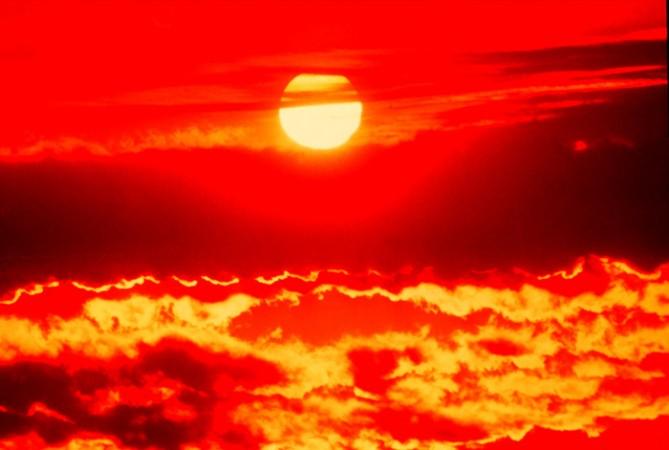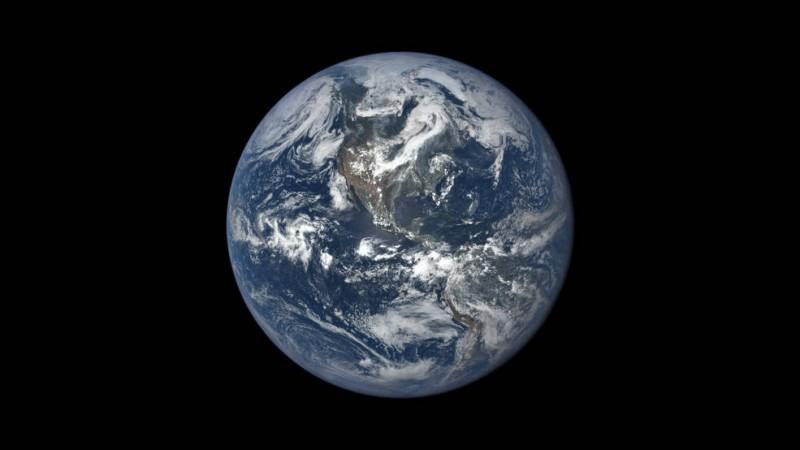
While people are starting to feel increasingly warm by the day as the northern hemisphere moves into mid-summer. Interestingly, the Sun is really beating down on them at a time when the Earth is at its farthest point from it.
Currently, the Earth is about 3 million miles away from the Sun and the event known as aphelion, is just one of the many interesting cosmic events this month usually witnesses.
For those who are not familiar with it, Earth does not have a perfectly circular orbit around the Sun. In fact, as mentioned earlier, there is a variation of about 3 million miles from the nearest point to the farthest. The elliptical, oval orbit puts some parts of the year closer to Sun than others. The Sun is also not at the geometric centre of Earth's orbit, so the closest and farthest points are not in the opposite ends of the calendar either.

At periphelion, Earth is about 147.1 million kilometers from the Sun, which is the closest point to the Sun. At aphelion, the Earth travels a massive 152.1 million kilometers — this is a difference of about 5 million kilometers.
Every January, the Earth is at its nearest -- perihelion and around July it is far away from the Sun -- aphelion. During the summer in the Northern hemisphere, which begins with June Summer Solstice, temperatures soar and mid year temperatures touch record heat levels. While that is true, the actual amount of sunlight that reaches Earth drops by about seven percent during the aphelion. This is also why the axial tilt is so important to the planet.
Seasons are not caused by the distance the Earth is from the Sun, clarifies the report, it is rather the result of the axial tilt that changes the amount of direct sunlight that the planet gets during certain parts of the year.














